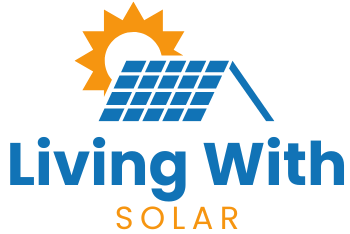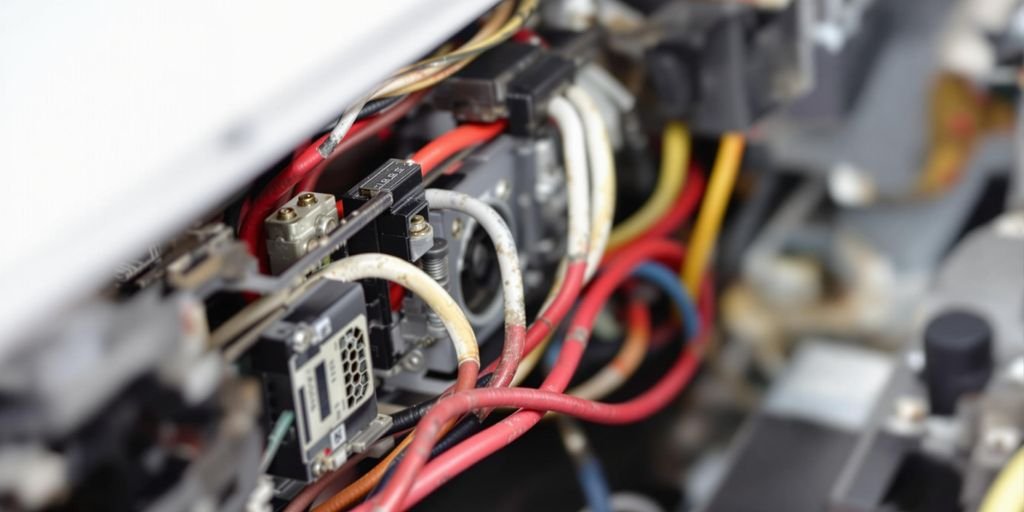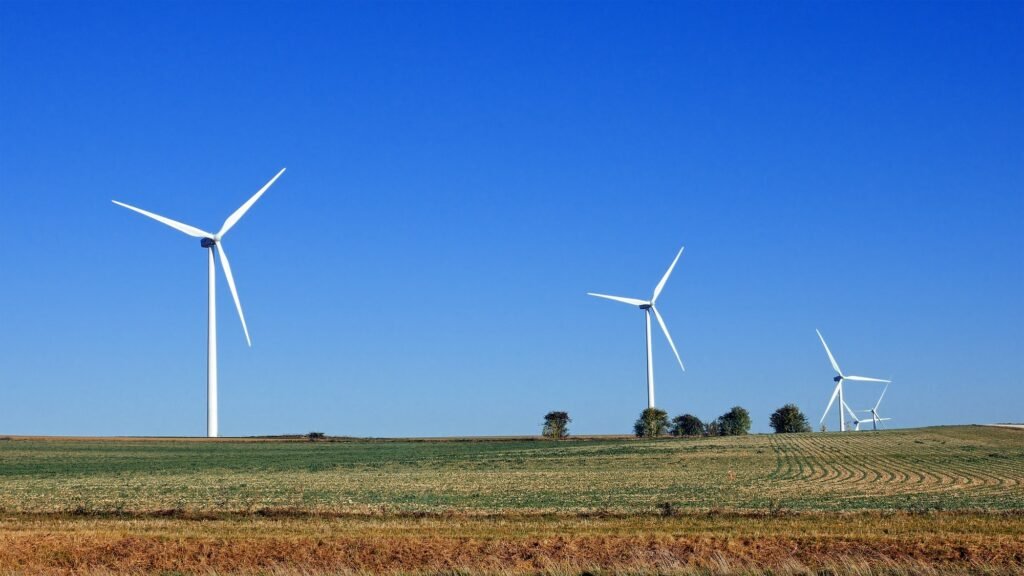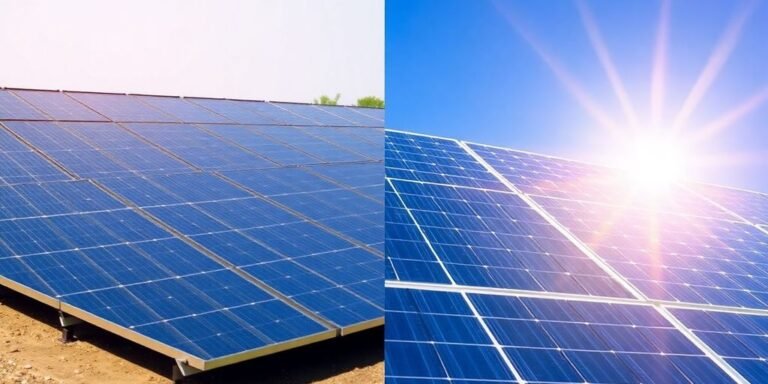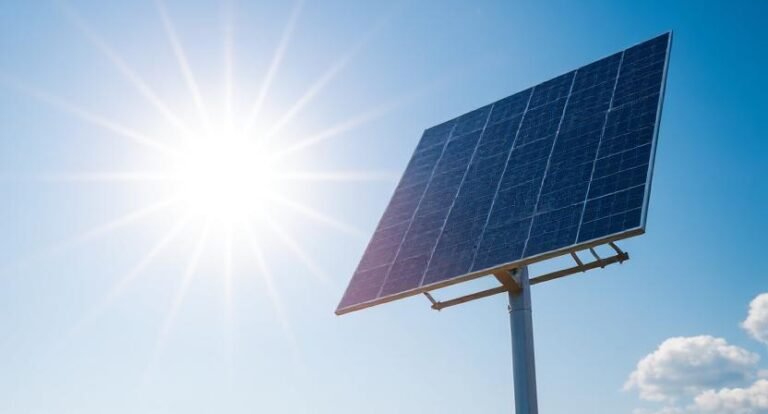The hidden heroes of our homes are inverters. They transform DC power into AC to keep things running. However, they occasionally experience a few glitches, just like any other device.
If you don’t know what’s happening, these issues can be annoying. They might be due to voltage problems or blank screens.
The good news? The majority of these problems have simple solutions. Let’s examine five typical inverter issues and how to address them directly.
1. The inverter screen is blank.

Even though your inverter is configured, the screen seems completely blank. This is rather typical and typically resolvable. Let’s investigate some potential causes of this and find solutions.
Examine the DC switch first:
- Check the DC switch:
- Reverse Polarity:
- Low DC Input Voltage:
- Solar Modules in Series:
- Poor Cable Connections:
- Weak Sunlight:
You can save a great deal of trouble by taking a moment to check these easy things. Usually, it’s something minor, yet it has a huge impact.
If you find problems after your inspections, it may be time to call a pro. However, a little do-it-yourself troubleshooting can typically solve the problem.
2. Overdirect Current Injection Inverter Failure
One problem with inverters is failure due to too much DC injection. This issue arises when the inverter’s DC detection circuit samples the AC output. It removes the AC component, then compares the DC component to a set value.
The inverter signals an error if this value, typically set at 0.5% of the rated current, is exceeded.
What is causing this hiccup, then? This kind of failure may result from an abrupt increase in DC input power. It’s similar to when you’re driving and your car skids out of control after you hit a patch of ice.
Try these actions to address this:
- Turn off and restart: To see if the issue is resolved, turn off the AC/DC switch and restart the inverter.
- Examine the Equipment Nearby: Keep an eye out for any high-power electrical equipment around the photovoltaic power plant. Updating the inverter’s software may be helpful if you discover any issues.
- Restart Attempts: Try restarting the inverter several times if there isn’t any high-power equipment nearby. It might be time to think about replacing the inverter if the problem continues even after a software update or multiple restarts.
Despite our best efforts, technical problems occasionally necessitate starting over with new tools. It reminds us that, though useful, technology is not perfect.
Installing a voltage stabiliser can help protect your inverter. It will ensure steady solar generation if you have frequent voltage issues.
3. Failure of the Bus Voltage Balance

The bus voltage balance failure is a subtle problem with inverters. It could surprise you. When half of the BUS+ and BUS- voltages deviate significantly from their halfway voltage, this issue arises. The inverter may indicate a failure as a result of this imbalance, stopping its operation.
So, what are your options? Here is a simple checklist to assist you in addressing this problem:
- Verify that the DC terminal is not grounded by checking its grounding. Look out for broken wires or connectors that might be saturated in water. Fix any grounding problems quickly.
- Inspect AC Neutral Line Wiring: Disconnect the AC and verify if the AC neutral line wiring is intact. If it’s not in excellent contact, you might need to rewire it.
- Check the wiring. If your equipment is over two years old, inspect the inverter’s internal wiring. Any defective wiring should be replaced or reinserted. Loose connections may be the cause.
The simplest answers might occasionally be the most successful. Many inverter problems may be avoided with early inspections and routine maintenance, which will keep your system operating efficiently.
Keep an eye on the inverter’s display in case you run into a “DC Bus Unbalance” issue. Normal operation of the inverter should resume if the voltage levels are balanced.
This advice will guarantee that your inverter is operating at its best and save you a great deal of trouble. Study up on DC bus unbalance.
4. An excessively high bus voltage
There can be a lot of problems when the bus voltage in an inverter system rises over average. The main issue is that high voltage might damage the inverters or shut them down. Let’s examine how this occurs and what you can do to prevent it.
Typical Reasons
- Many Solar Panels in Series Too: Sometimes, we connect too many solar panels in series for the inverter to support. This raises the voltage over what the inverter can handle.
- Bad Wiring: Voltage spikes may be caused by loose or broken cables. The pressure builds up and disrupts the flow, much like a kinked garden hose.
- Problems with Grid Voltage: The inverter’s bus voltage may be pushed over the edge if the local grid voltage is excessively high.
Solution
- Adjust the solar panels’ configuration: Try lowering the number of panels in series if you have too many. By doing this, the voltage may be reduced to a safe level.
- Verify and strengthen connections: Examine all of your wiring. Verify that everything is secure and in good shape. Any damaged cables should be replaced.
- Modify Grid Connection: Occasionally, you may need to modify the way your system is connected to the grid. This can entail switching out the cables or the connection point.
Tips for Troubleshooting
- Keep an eye on the voltage: Pay attention to the DC input parameters displayed by your inverter. Act before the voltage causes a shutdown if it is excessively high.
- Restart the Inverter: A simple fix for transient voltage issues is to restart the inverter.
- Seek Professional Advice: If unsure of the cause of the high voltage, consult an expert. Do so if the issue persists.
- Reaction time is critical for handling high bus voltage. Ignoring the situation can ultimately lead to more severe consequences.
In certain situations, the inverter may have a 13.5A restriction. When solar panels surpass this limit, the inverter will sound a warning and cut the string to avoid harm. To avoid trouble, always ensure your setup meets these requirements.
5. Grid Loss Inverter Failure
It can be rather annoying when your inverter abruptly cuts off from the grid. There are remedies, however, this problem typically comes down to a few common causes.
Typical Reasons
- Power Grid Outage: Occasionally, the most straightforward explanation is the best one. In the event of a local power loss, your inverter will automatically disconnect from the grid. Verify whether any further electrical appliances in your house are also without power.
- Severed Grid Side Wire: If the AC wire to the grid is severed, your inverter will indicate a grid loss. A loose connection somewhere down the wire or a tripped circuit breaker could be the cause of this.
- Overvoltage or Undervoltage Protection: To guard against harm, the overvoltage or undervoltage protectors may disconnect the inverter if the grid voltage rises above a predetermined threshold.
Solution
1. Wait It Out: Often, the best option in a power outage is to wait for the electricity to return.
2. Verify Connections: Check every connection from the grid to the inverter’s AC output. Verify that no breakers are tripped or unsecured wires are present.
3. Modify Voltage Protection Settings: If overvoltage or undervoltage protection is causing problems, you may need to change the settings or seek professional advice to ensure they are suitable for your grid conditions.
The biggest headaches can occasionally be caused by the slightest problems. However, with patience and some troubleshooting, you can often get your inverter back online.
Final Thoughts
Well, people, there you have it. Although inverters might be a little challenging, most problems can be resolved with a little perseverance and basic troubleshooting. Knowing what to check for can save you trouble. It could be a battery that won’t charge or a display that won’t light up.
Keep in mind that maintaining your inverter on a regular basis is essential. And don’t be afraid to bring in a professional if everything else fails. It’s better to be safe than sorry, after all. Keep your stress levels down and your power flowing!
Commonly Asked Questions
Why does nothing appear on the screen of my inverter?
First, make sure the DC switch is turned on if the screen of your inverter is blank. If so, there may be a loose connection or a malfunctioning inverter that requires repair.
If my inverter is injecting too much direct current, what should I do?
This could be the result of an abrupt change in the DC input. Try shutting off the AC/DC switch to restart your inverter. You may need to replace the inverter or update the firmware if the issue persists.
How can I resolve my inverter’s bus voltage balance issue?
Check that the DC connector is grounded. Also, look for loose wiring in all AC connections. It may be necessary to replace or reconnect any loose internal wiring.
How can I resolve an excessively high bus voltage, and what causes it?
This can be brought on by an excessive DC input voltage. Verify how many parts are connected in series and, if needed, cut them down. Think about purchasing a new inverter if the issue continues.
My inverter says there is a grid loss failure; why is that?
This may occur due to a bad AC cable connection or if the grid voltage exceeds the protective range. Examine the cables to make sure all the connections are tight.
What happens if my inverter stops counting or continues to count down?
Low DC input power or a problem with the boost circuit could be the cause of this. If the issue persists, wait for better light. Or, consider replacing the inverter.
